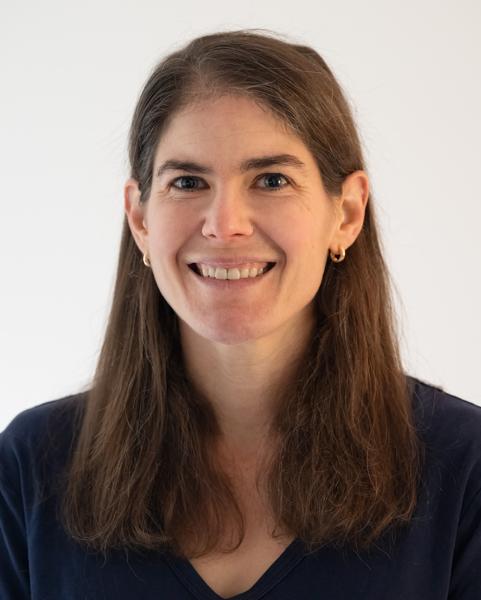Science Communicator Sarah Goodwin Sparks Curiosity Through Film
Feature Story
By Olivia Hamilton
Last update July 16, 2025

What are some of your favorite storytelling and/or visual elements or techniques to incorporate into your films and why?
Goodwin: We often have scientists speak directly to the camera and share their stories in their own words, which we believe is essential for humanizing scientists. To bring the science to life, we also collaborate with talented animators to visualize complex ideas creatively, like transparency-inspired visuals in Good Chemistry or paper puppetry in our microbe films, which bring whimsy and clarity to otherwise invisible worlds.
Your newest film, Observer, invites audiences to discover wonder even in everyday settings — how does this show up in your life as an artist and scientist, and are there any practices in your daily life that help remind you of the power of observation?
Goodwin: Making Observer reminded me to slow down and truly look. I often think about the film’s tagline, spoken by scientist Manu Prakash: “There is a universe everywhere you turn.”
Most of my time outside is spent going on runs or chasing after my kids, both of which invite me to notice the world differently. Running helps me explore new places or spot subtle changes along familiar routes, while my kids constantly reveal small marvels I’d otherwise miss. In a noisy world, observation reconnects us to curiosity, awe, and the richness of simply paying attention.
Related Resources
How did the Science Communication Lab begin?
Goodwin: The Science Communication Lab began in 2005 as iBiology, a free online hub of scientific lectures. A decade ago, we began producing cinematic films exploring the wonder of science and scientists’ personal journeys. Our first feature, Human Nature, was about the discovery of CRISPR and gene editing. Recent shorts include The Most Beautiful Experiment, Good Chemistry, and Decoding Ancestral Knowledge.
How did your background in cell biology shape your approach to science filmmaking?
Goodwin: As a cell biology graduate student, I saw science as nonlinear, collaborative, and deeply human. The curiosity and uncertainty that drove my research now shape my filmmaking. More than facts, we aim to capture the emotion, motivation, and awe of discovery — highlighting not only what scientists know but also how they explore, stumble, and persist in pursuit of understanding.
Can you describe the moment you realized that you wanted to move from the lab to behind the camera?
Goodwin: I’ve always loved science and stories, but I didn’t realize I could combine them until I stepped away from research to experiment with science videos. I planned to only take a year off, but soon realized I really enjoyed this combination of creativity and science. Now, I bring the spirit of experimentation to a new kind of lab — studying how science can better connect with people’s lives through film.
What trends, if any, are emerging from your research into how people engage with science through film?
Goodwin: Scientists are often taught to “let the science speak for itself,” but we’ve found that storytelling — focusing on scientists’ motivations, identities, and discovery journeys — makes science more relatable and memorable. When audiences connect with the people behind the work, they gain more knowledge, value science more deeply, and better understand how research unfolds.
The team at Science Communication Lab (photo courtesy Sarah Goodwin)
What are some of your favorite storytelling and/or visual elements or techniques to incorporate into your films and why?
Goodwin: We often have scientists speak directly to the camera and share their stories in their own words, which we believe is essential for humanizing scientists. To bring the science to life, we also collaborate with talented animators to visualize complex ideas creatively, like transparency-inspired visuals in Good Chemistry or paper puppetry in our microbe films, which bring whimsy and clarity to otherwise invisible worlds.
Your newest film, Observer, invites audiences to discover wonder even in everyday settings — how does this show up in your life as an artist and scientist, and are there any practices in your daily life that help remind you of the power of observation?
Goodwin: Making Observer reminded me to slow down and truly look. I often think about the film’s tagline, spoken by scientist Manu Prakash: “There is a universe everywhere you turn.” Most of my time outside is spent going on runs or chasing after my kids, both of which invite me to notice the world differently. Running helps me explore new places or spot subtle changes along familiar routes, while my kids constantly reveal small marvels I’d otherwise miss. In a noisy world, observation reconnects us to curiosity, awe, and the richness of simply paying attention.



